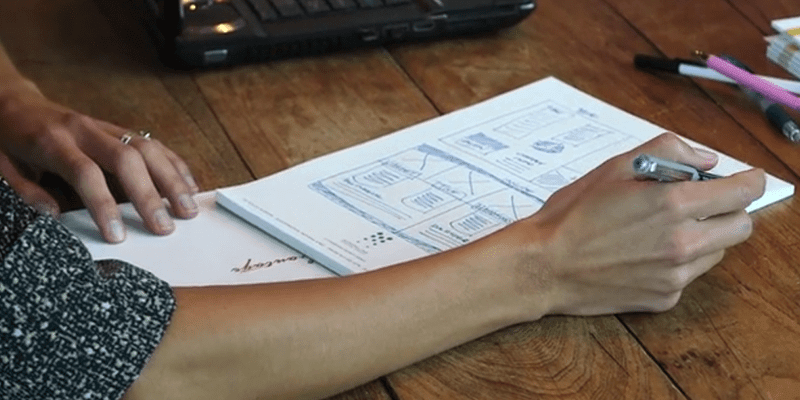
So you’ve signed on with a company to build your website, and you’re ready to get the ball rolling—where do you start? Here at TBH Creative, a website kick-off meeting is the first step in every project. A kick-off meeting, also referred to as a discovery meeting or a planning session, serves a variety of purposes and it is crucial to the web strategy and planning phase.
Let’s take a closer look at what a kick-off meeting entails, and why it’s so important to the web design process.
Let’s take a closer look at what a kick-off meeting entails, and why it’s so important to the web design process.
What is a kick-off meeting?
For TBH Creative, a website kick-off meeting involves representatives from both our team and your team. It serves as a starting point in the strategy and planning phase of the web design process. It gives us a chance to meet face-to-face with everyone that will be involved in the project and starts conversations that will be important throughout the design and development of your website.Why are kick-off meetings important?
Kick-off meetings are essential to a project for many reasons:- It sets the tone for the project and gets everyone on the same page before moving on.
- It allows us to explain our process, as well as set expectations and guidelines for the project.
- It provides an opportunity for us to develop a deeper understanding of your company.
- It allows us to better define the requirements and needs for your project.
- It helps to ensure everyone is prepared for the next steps in the process.

What should be covered in a kick-off meeting?
While the discussion in a kick-off meeting is tailored towards the client and their project needs, the agenda generally follows this basic format:- Introductions: Who will you be working with? What are the responsibilities of each team member?
- Company background: What’s your company’s background? What does your company do?
- Explanation of design and development process.
- Goals and objectives: What do you want to achieve with your website?
- Audience personas: Who is your target audience? What are their unique needs?
- Discover and brainstorming: What should the structure of your website be? What functionality might you need? What assets do you have available? What content will need created?
- Design review: What websites do you like? What is the competition doing?
- Next steps: Where do we go from here? What will the schedule be?
